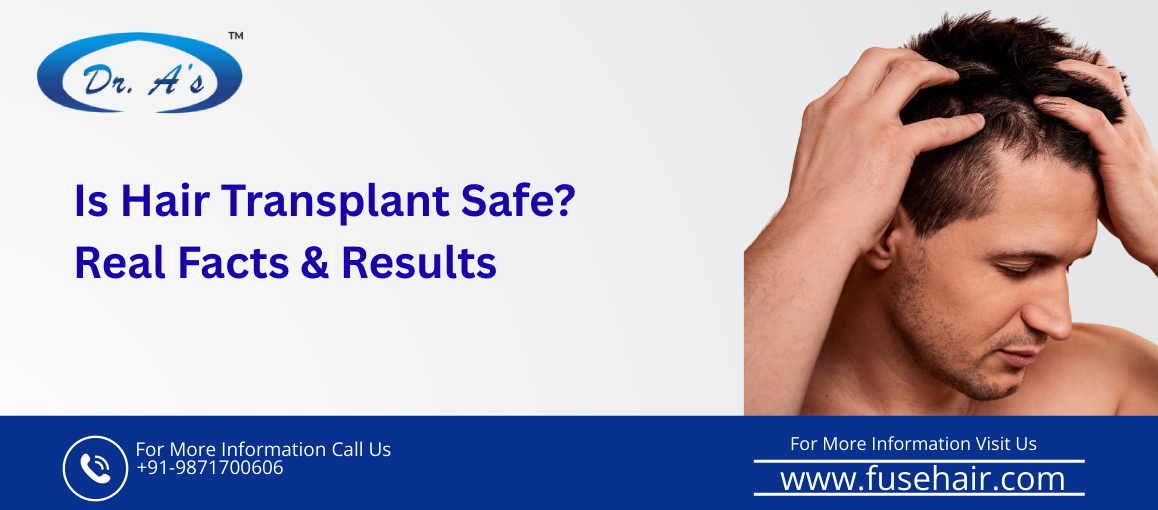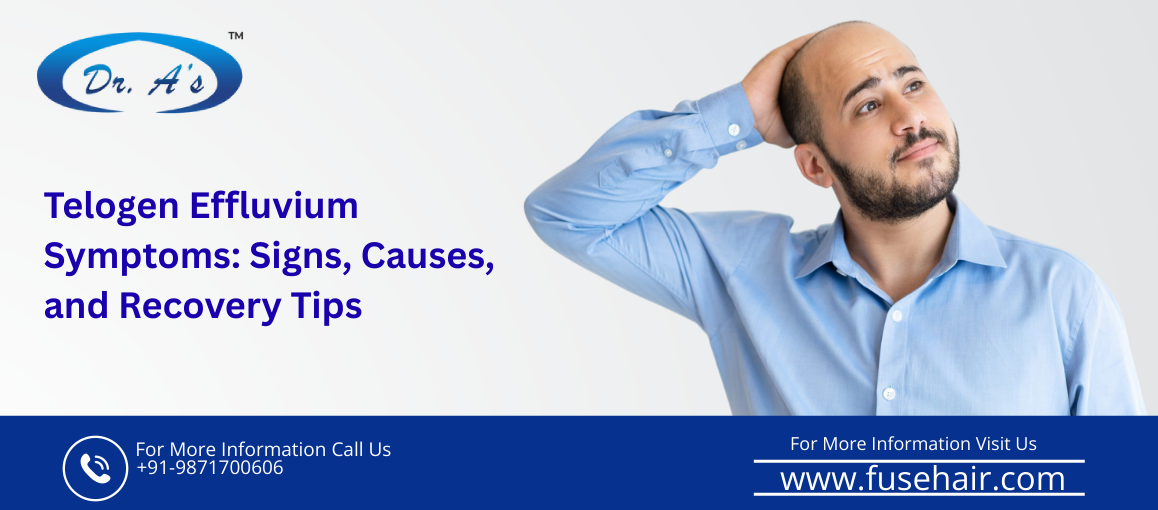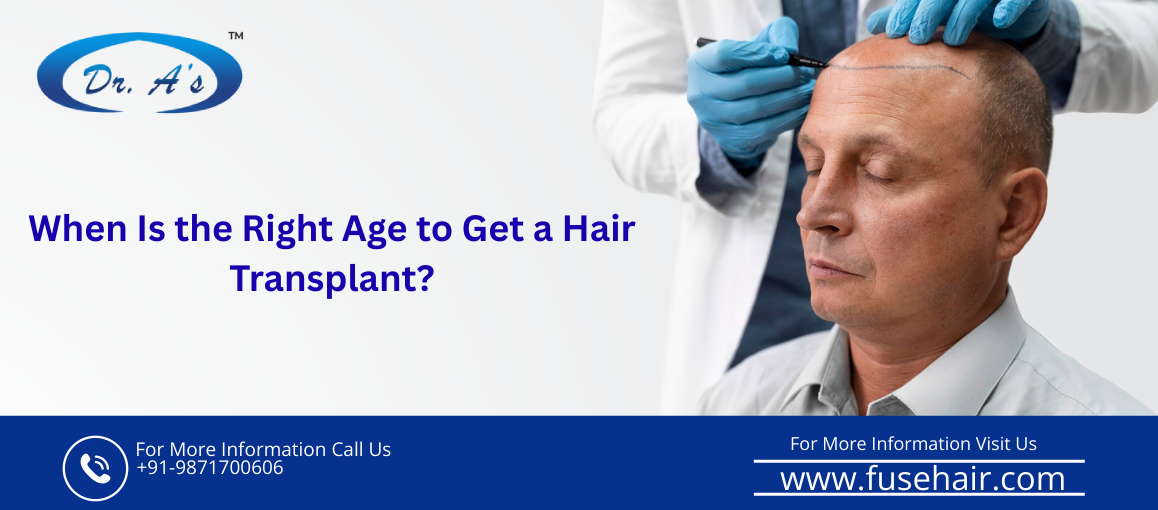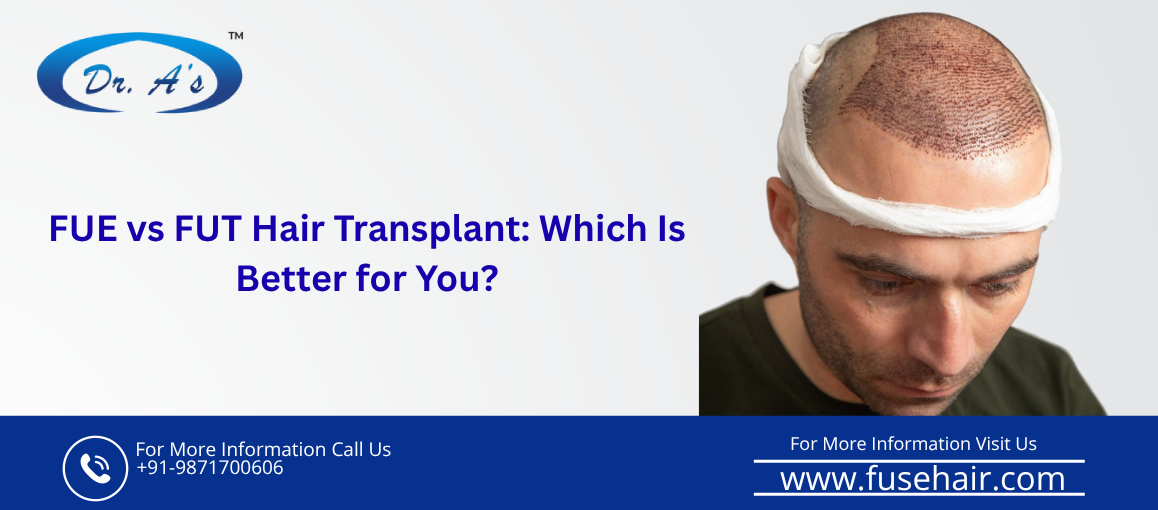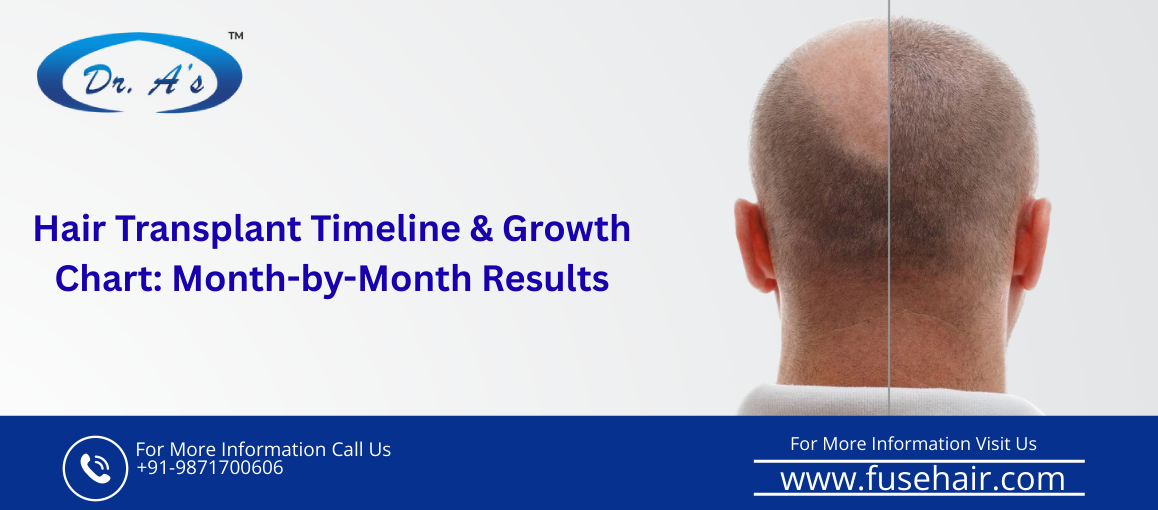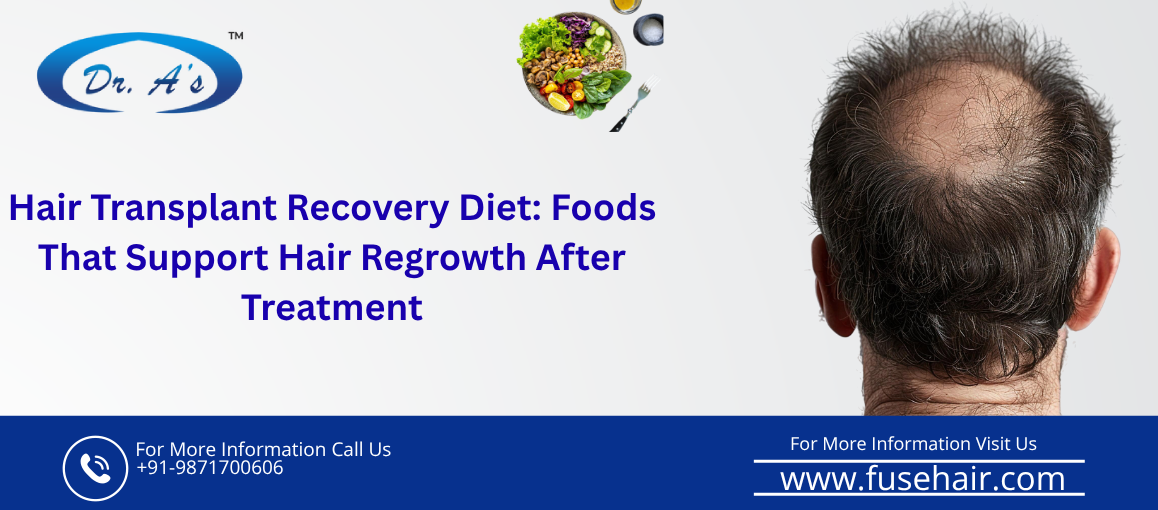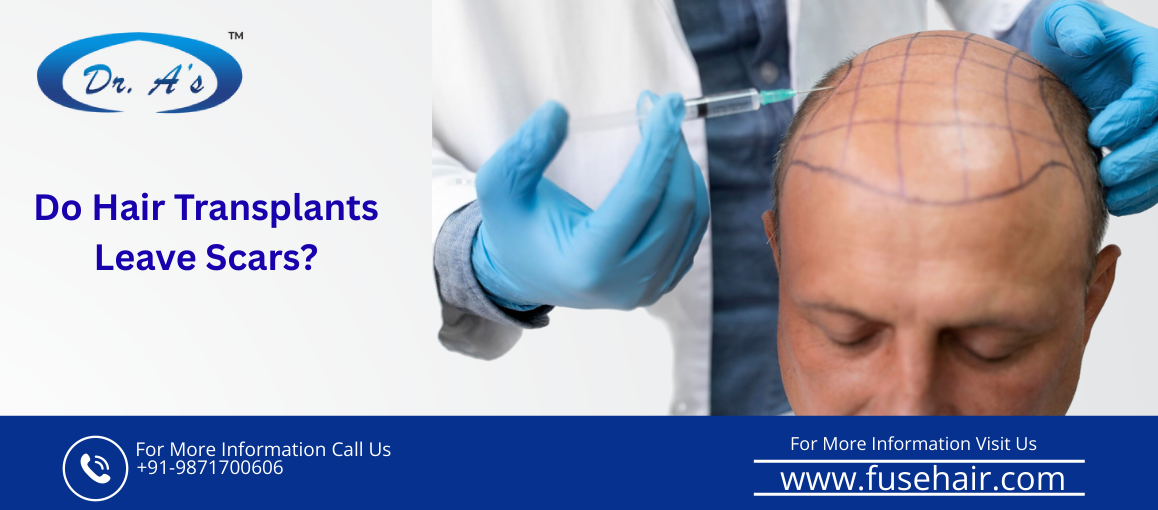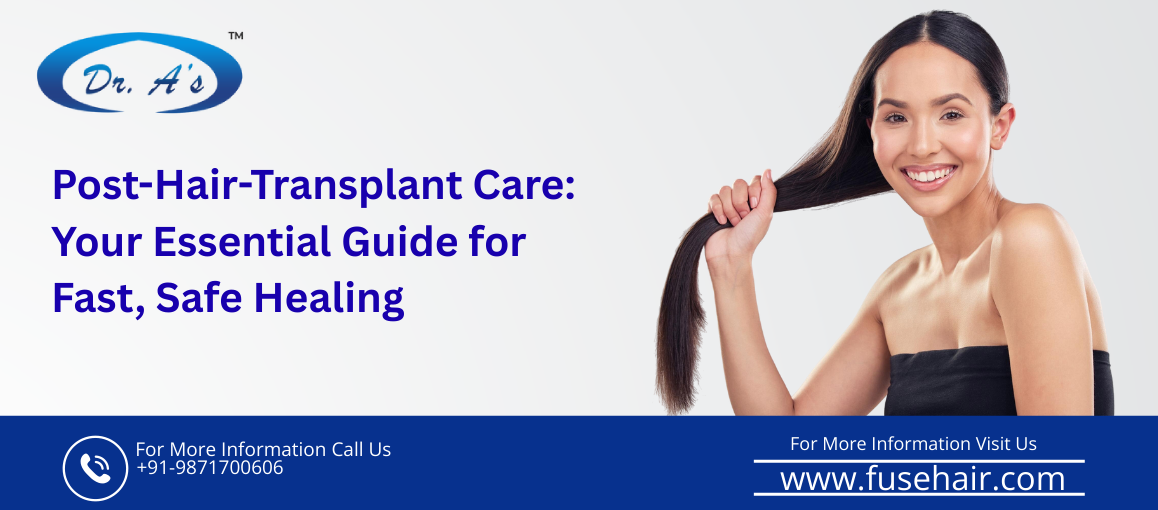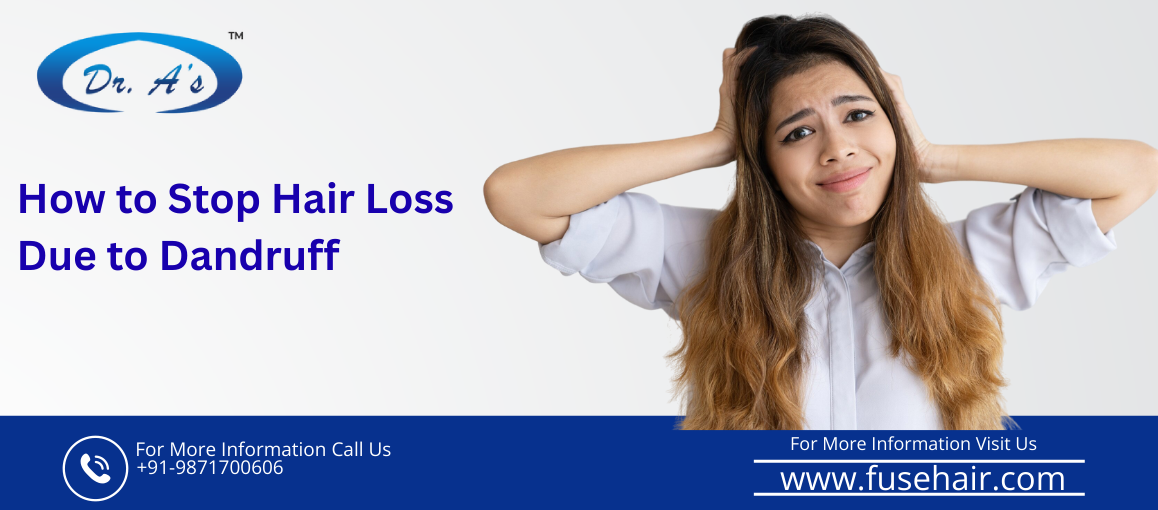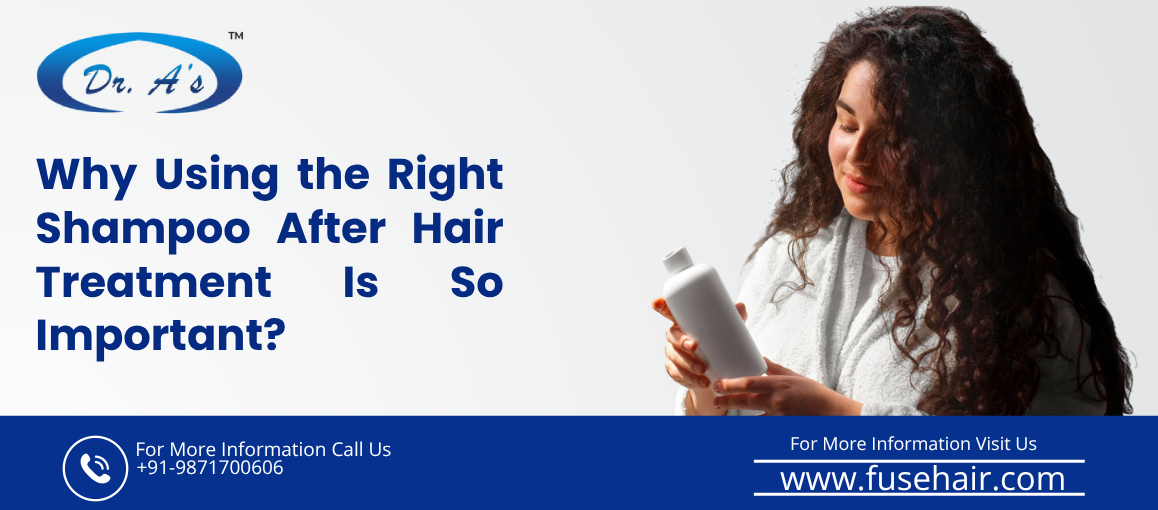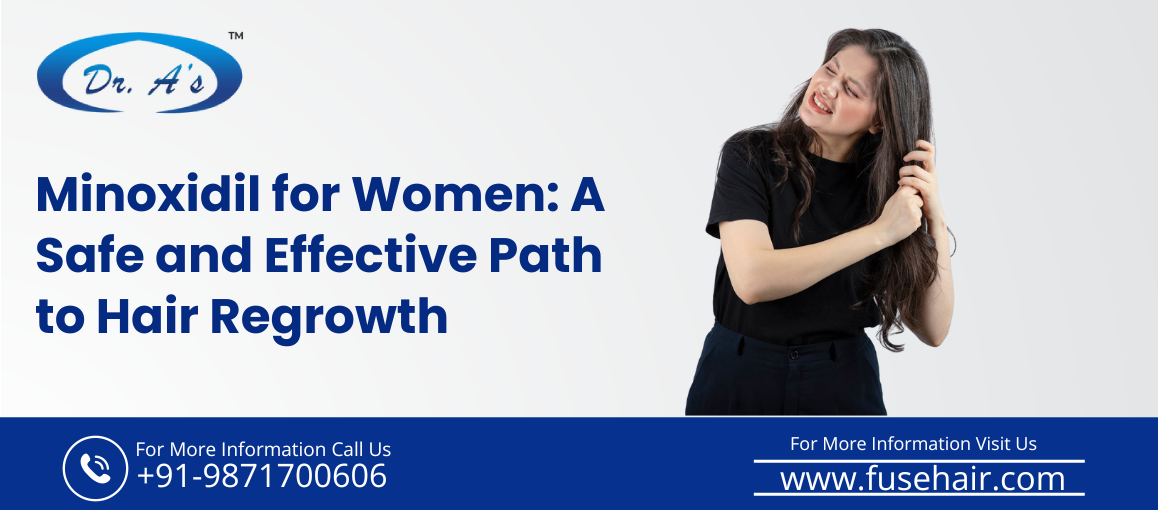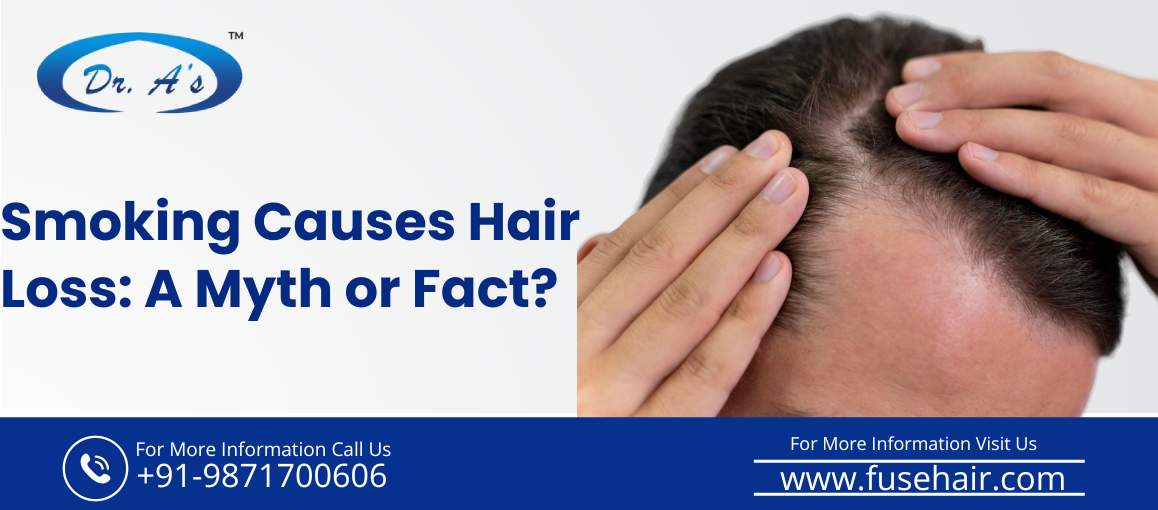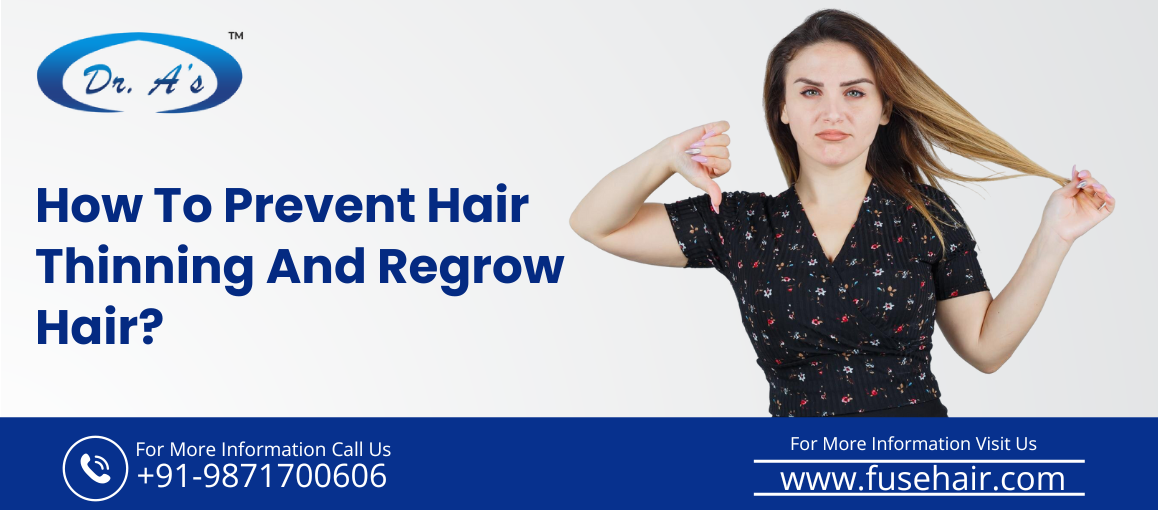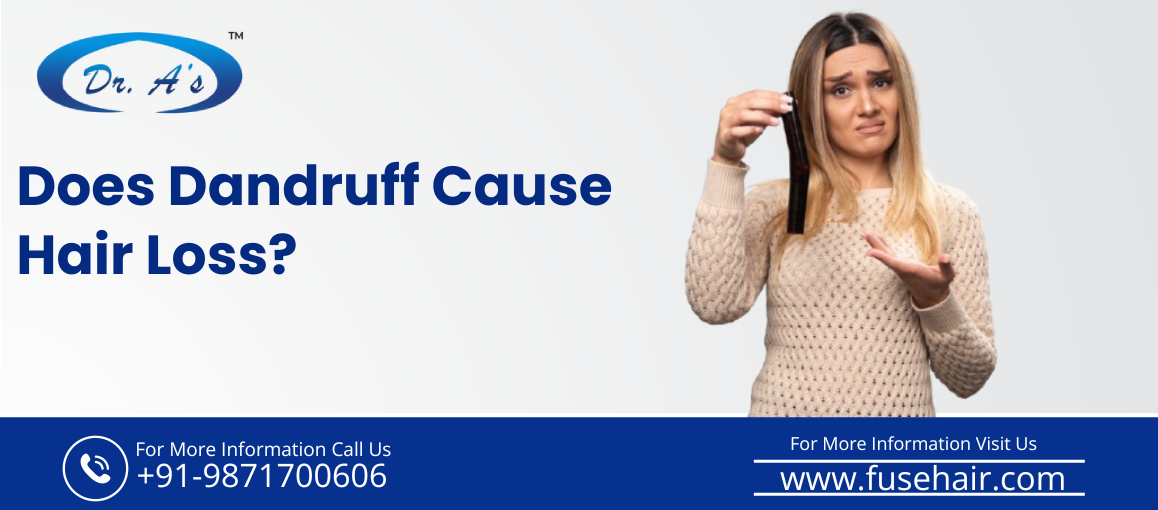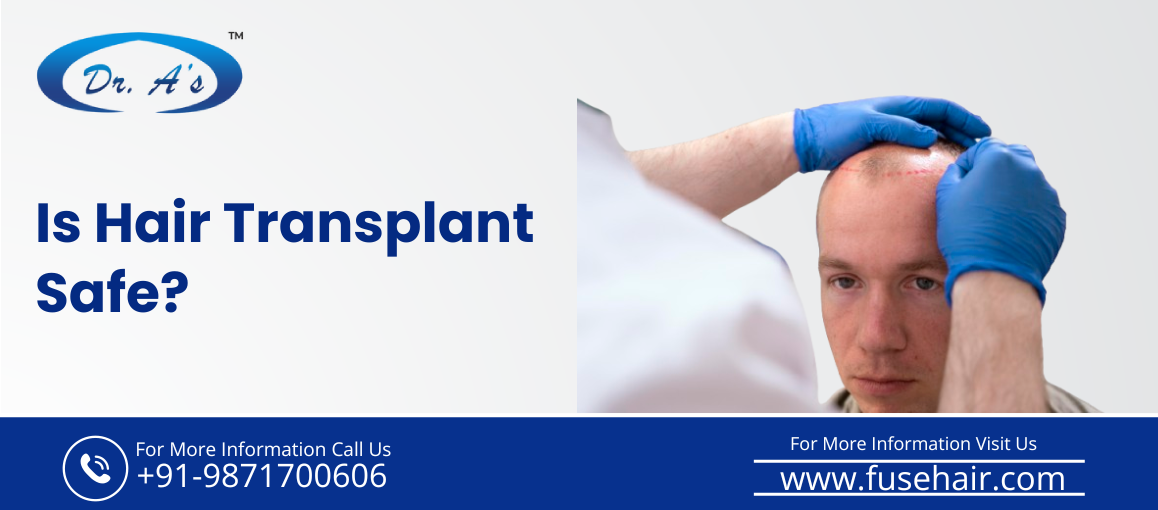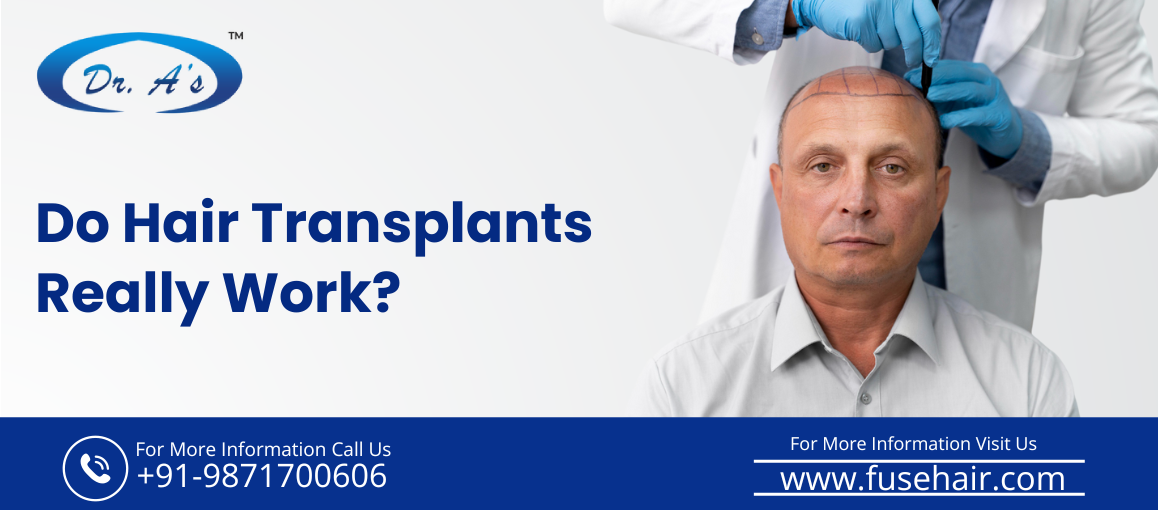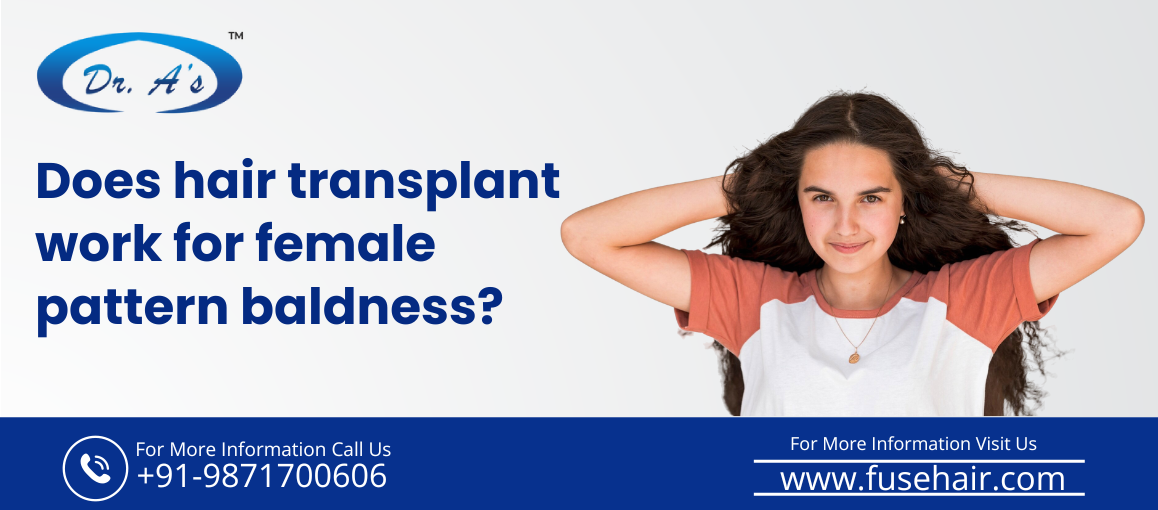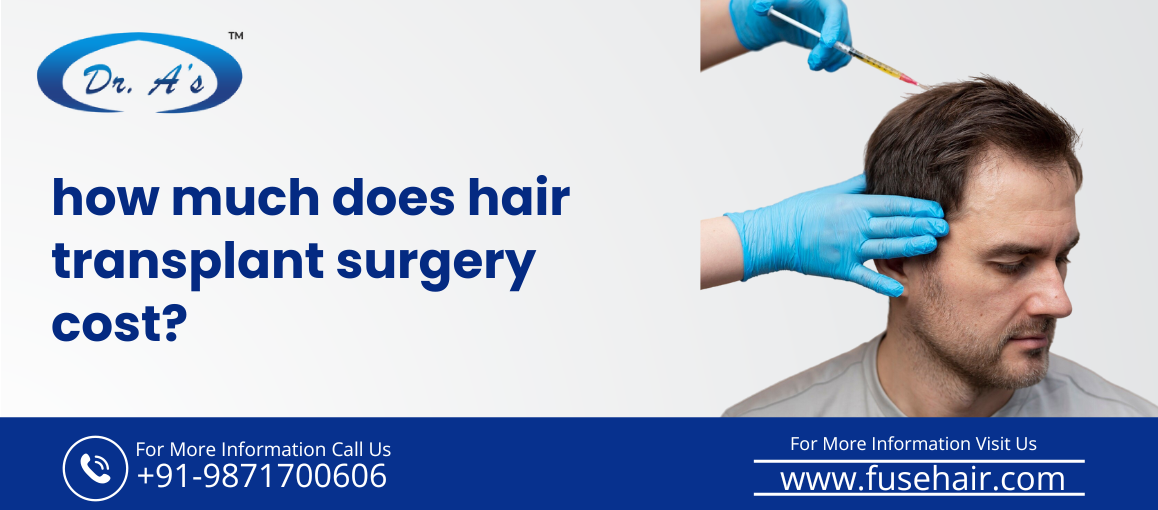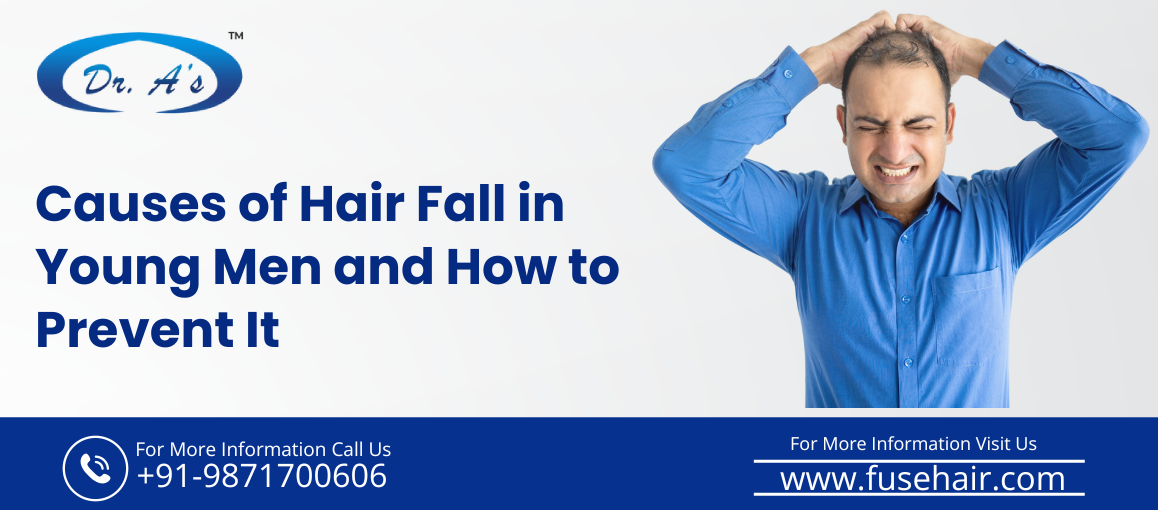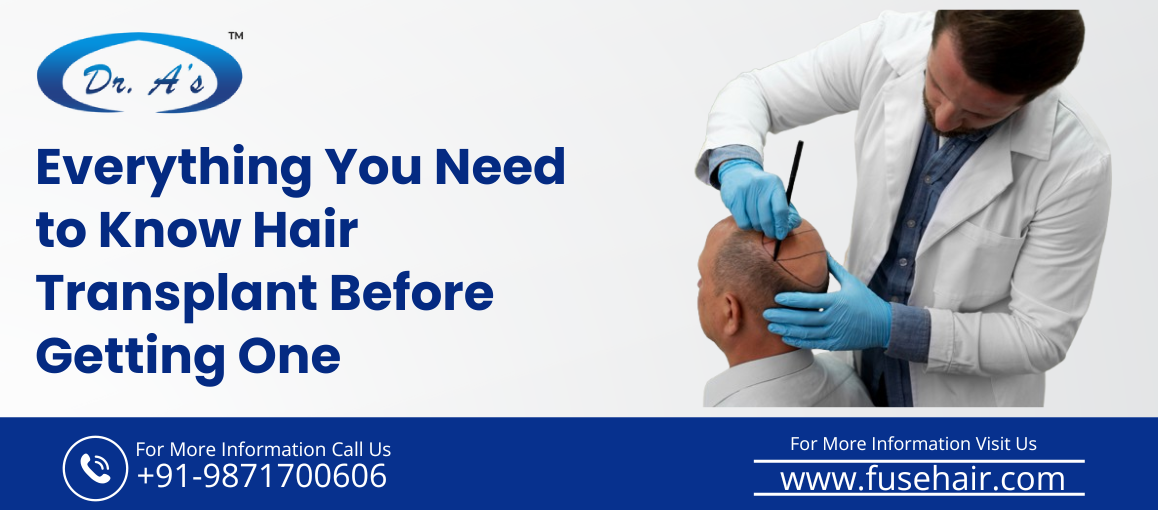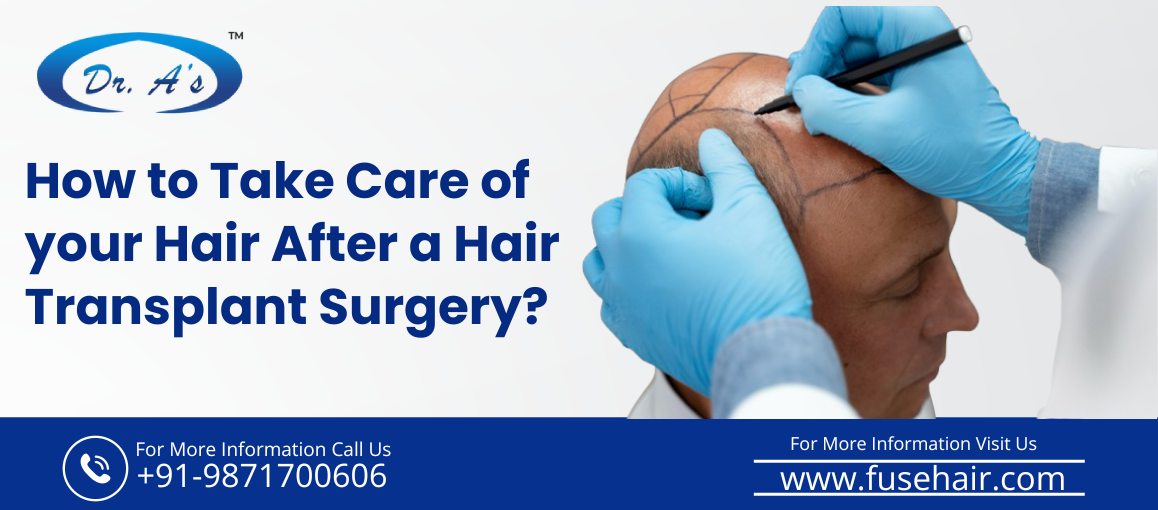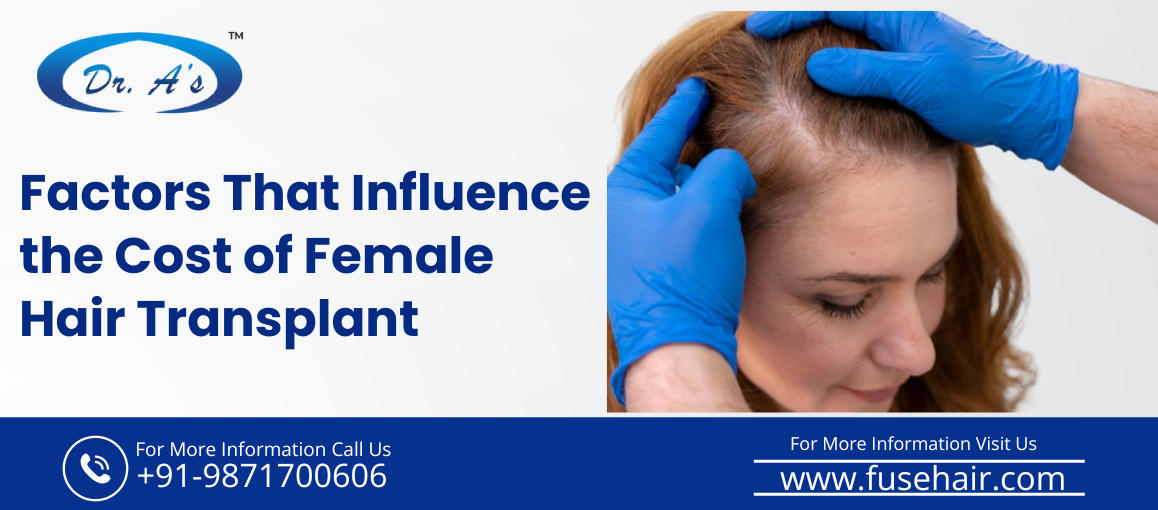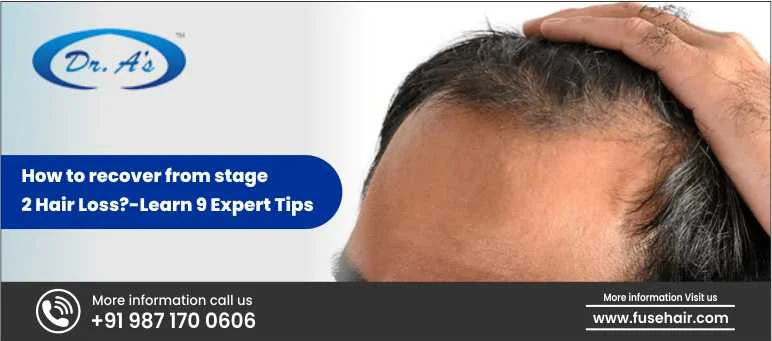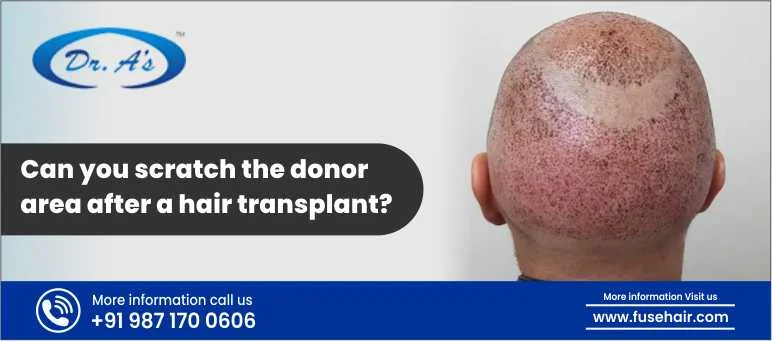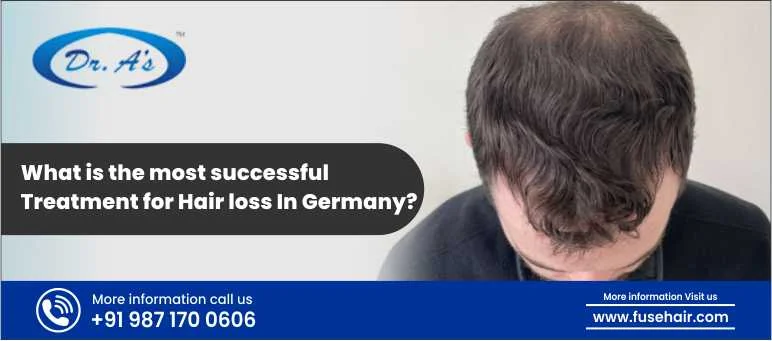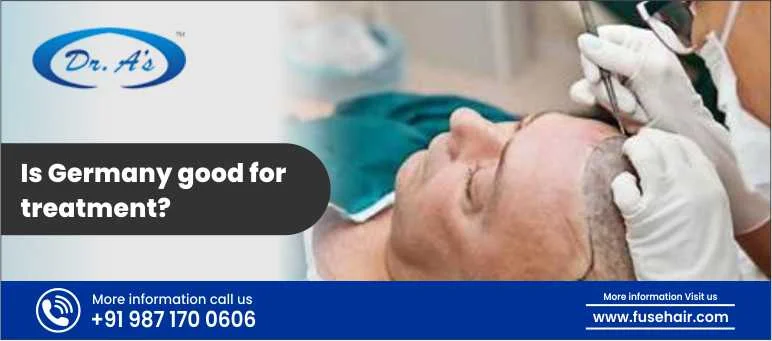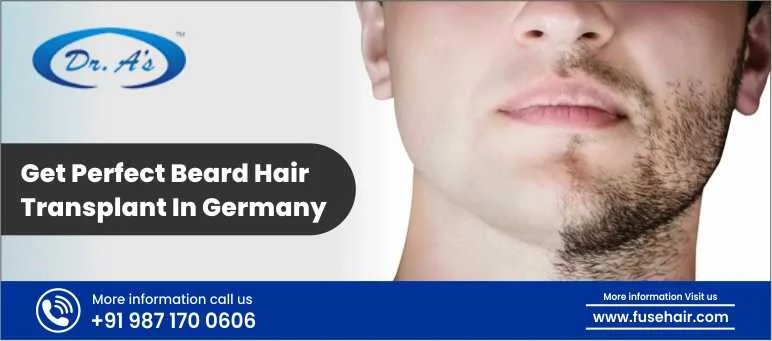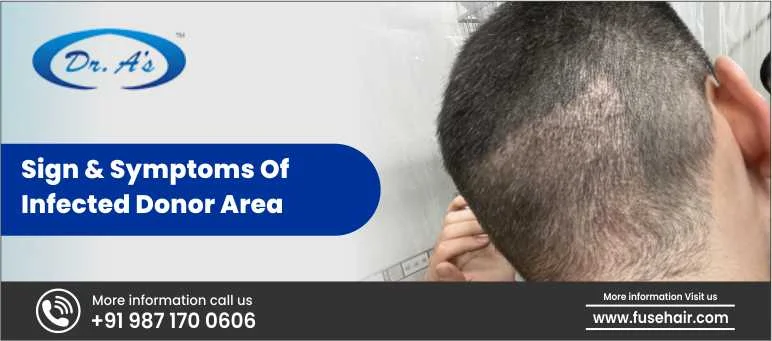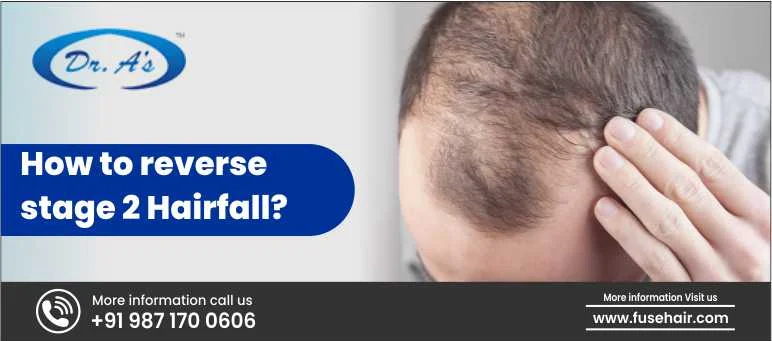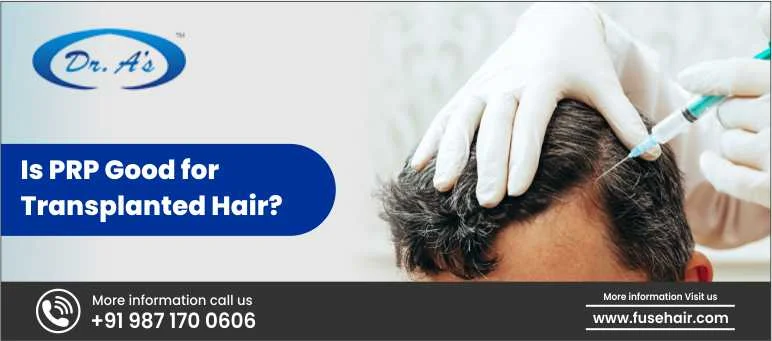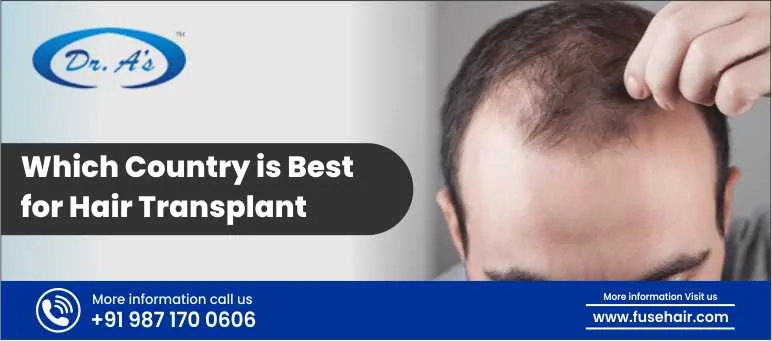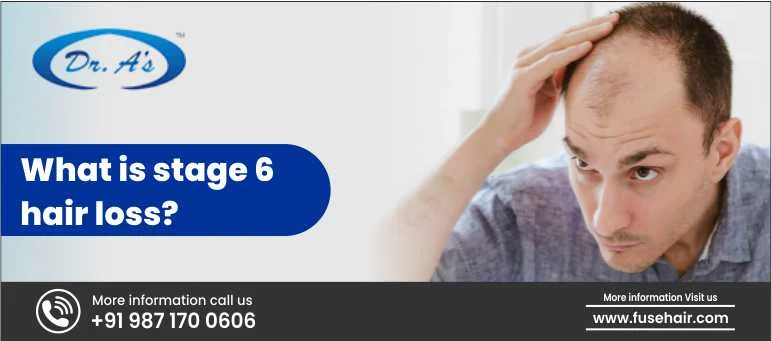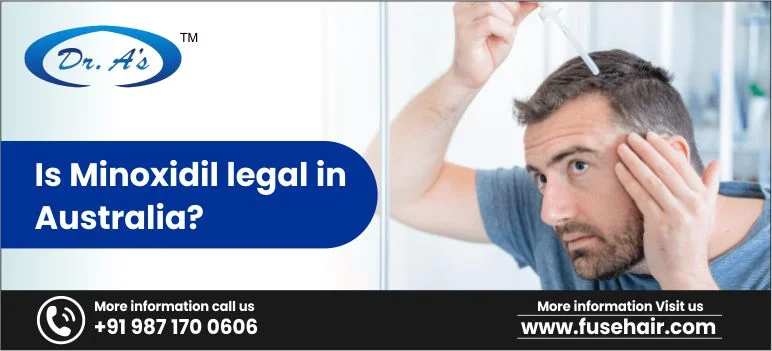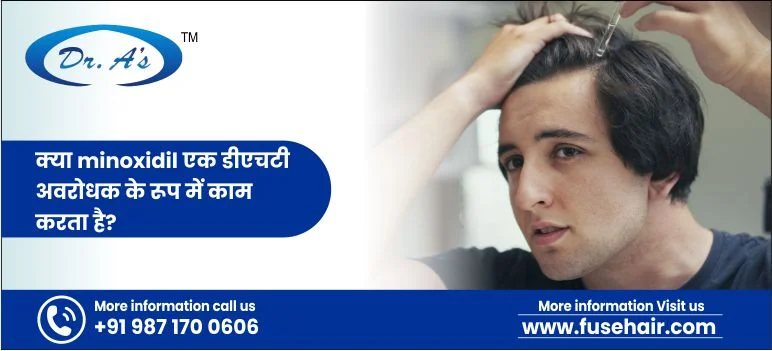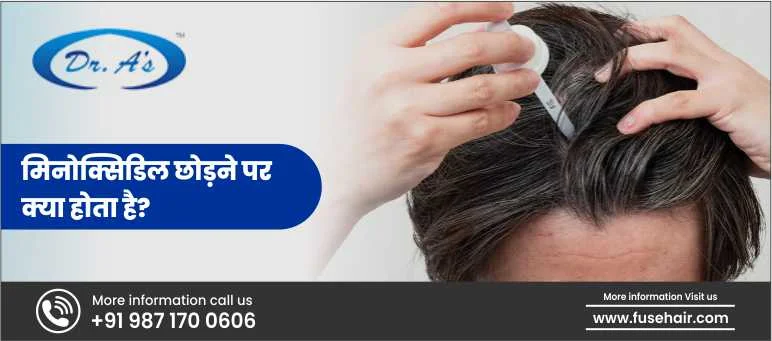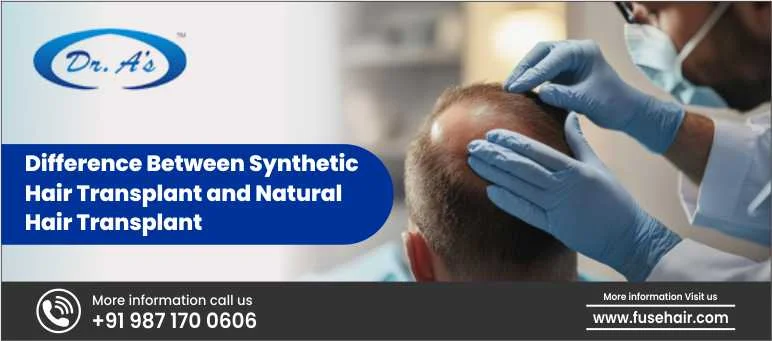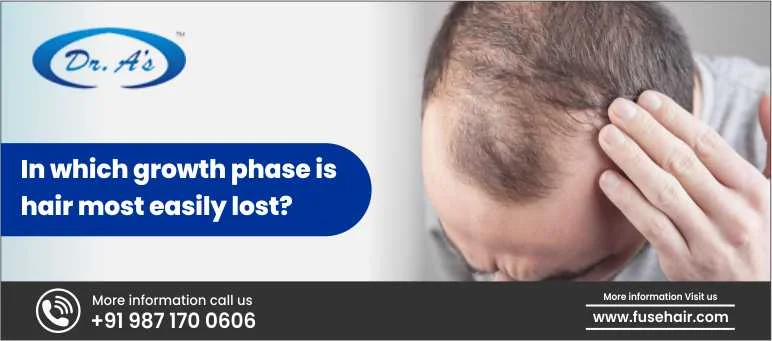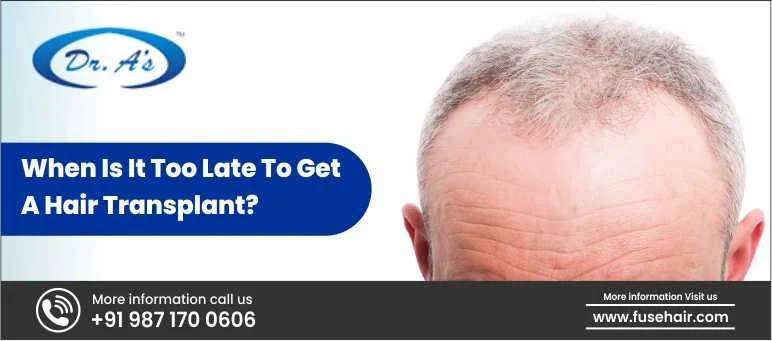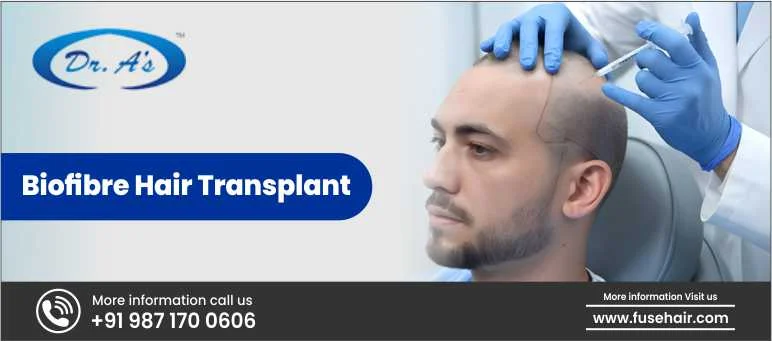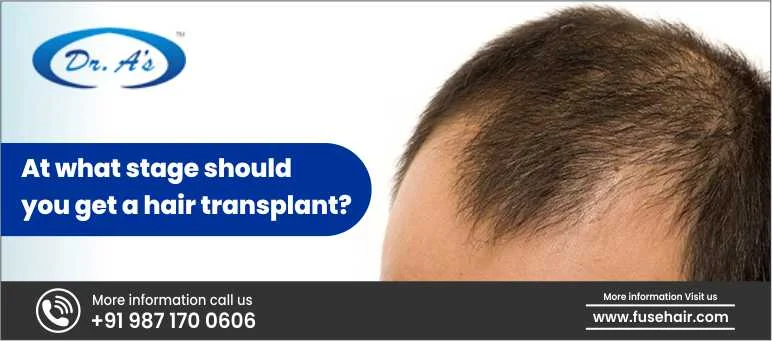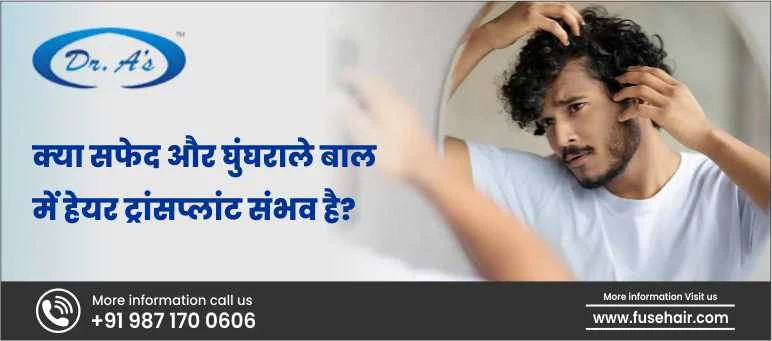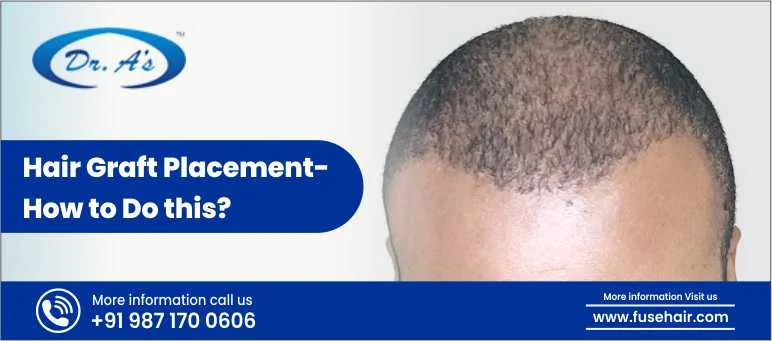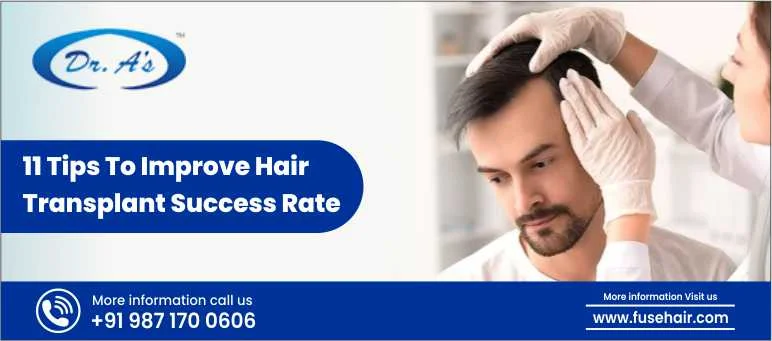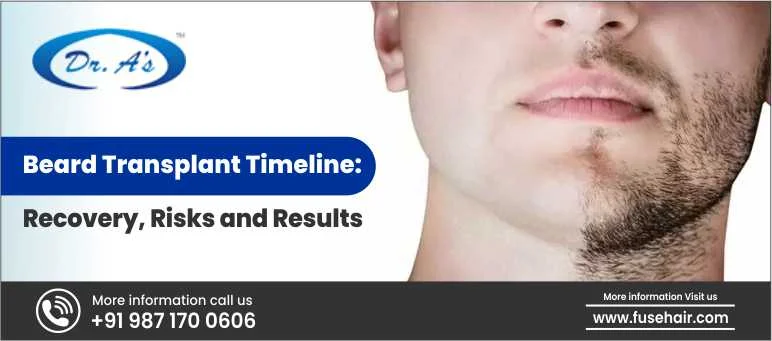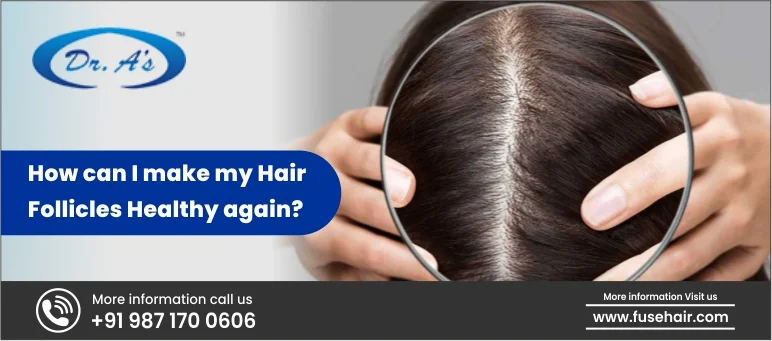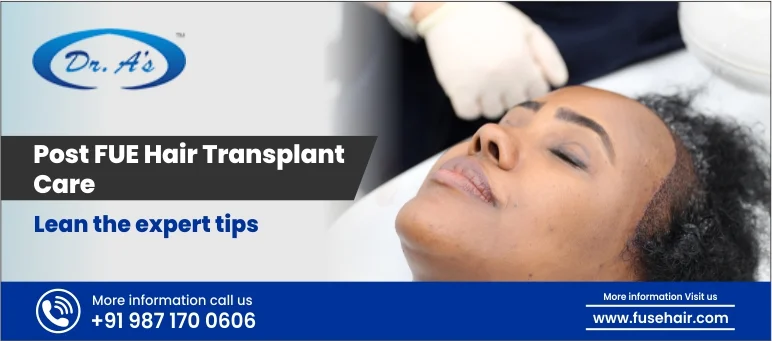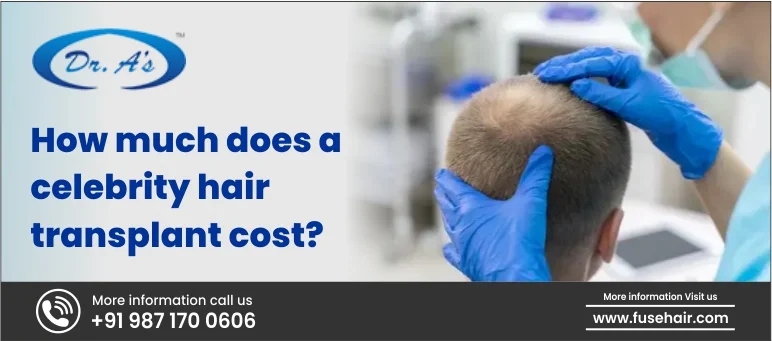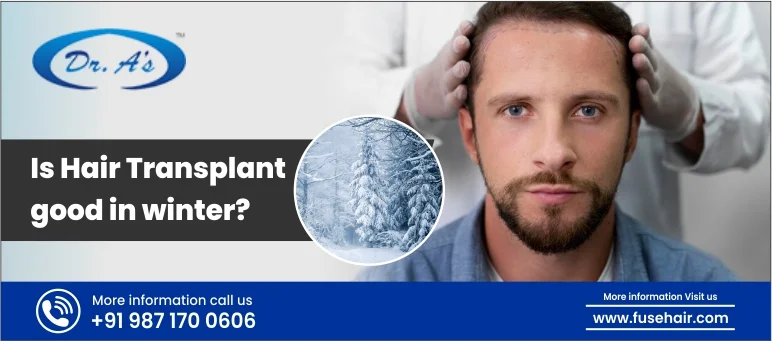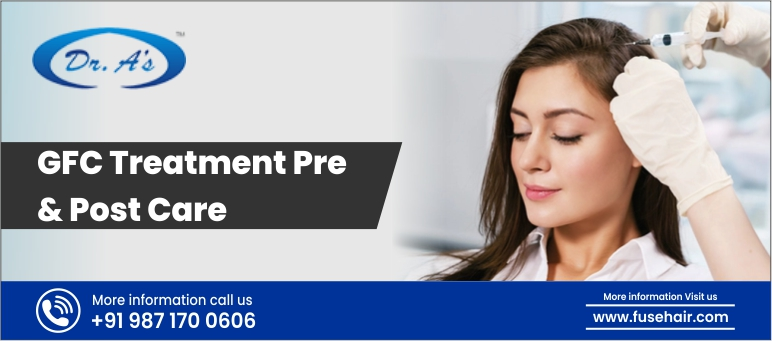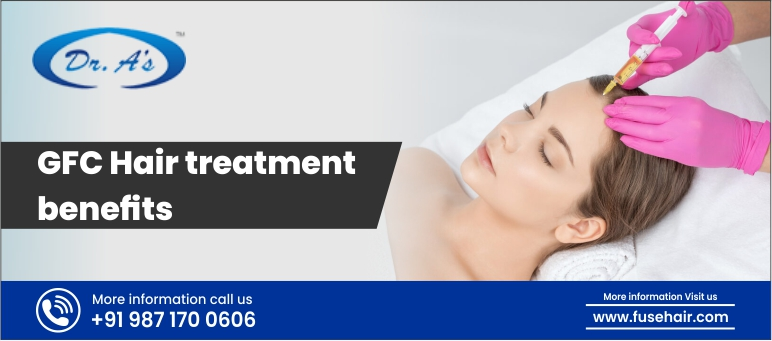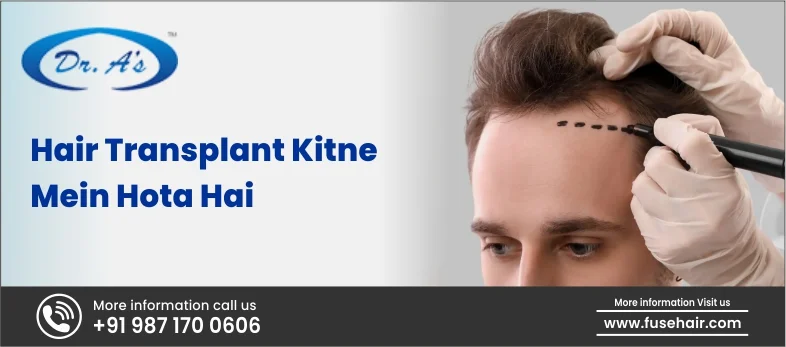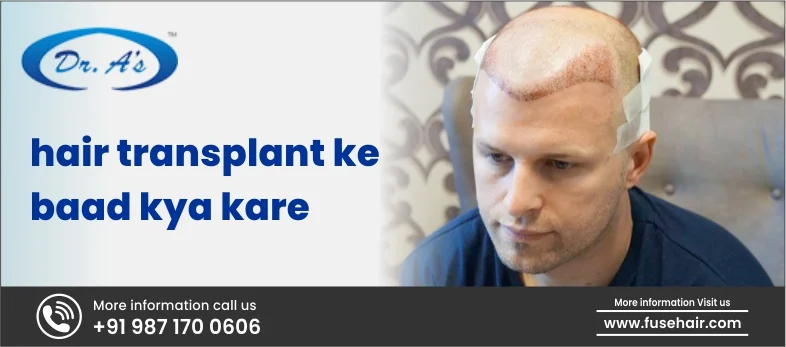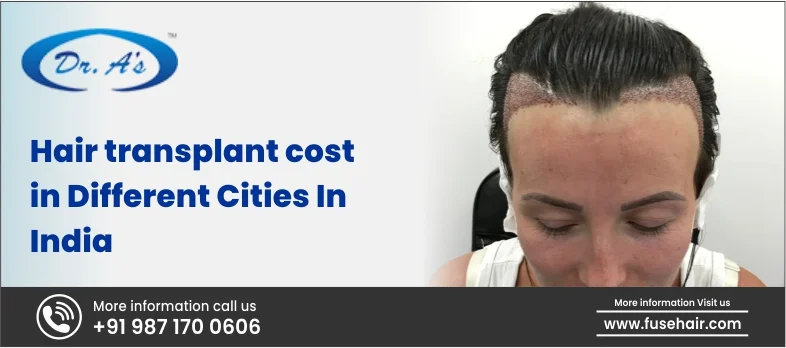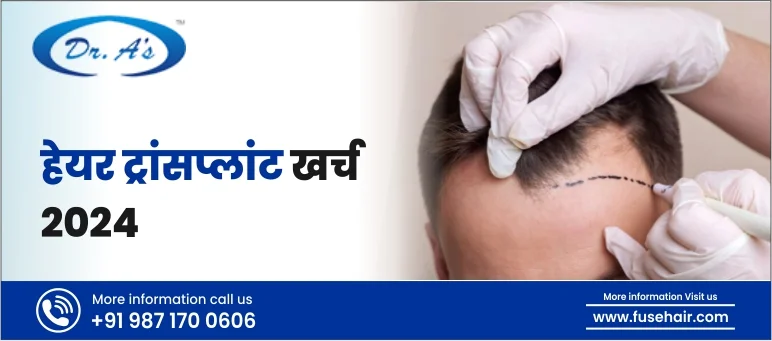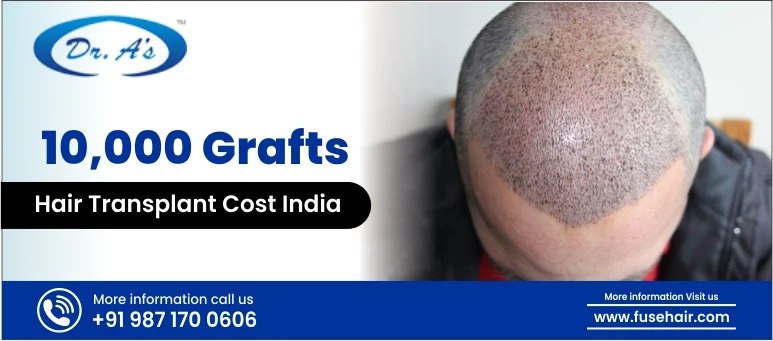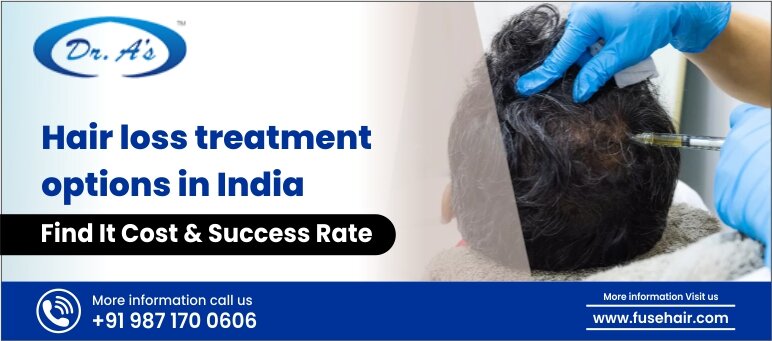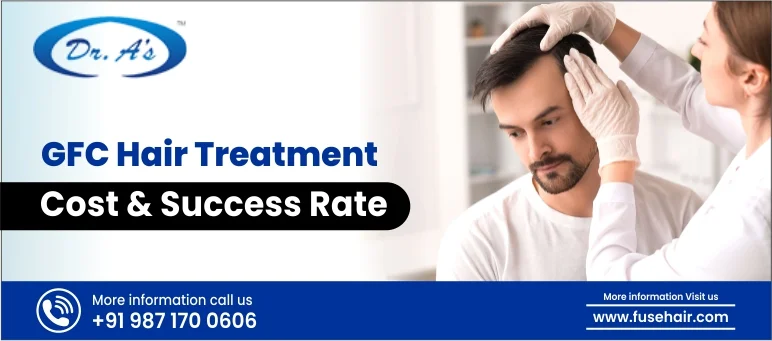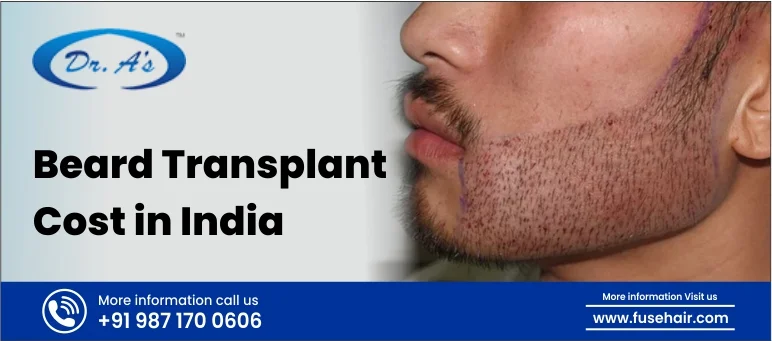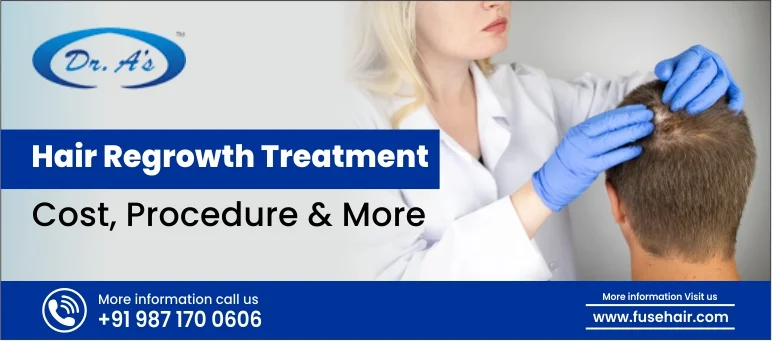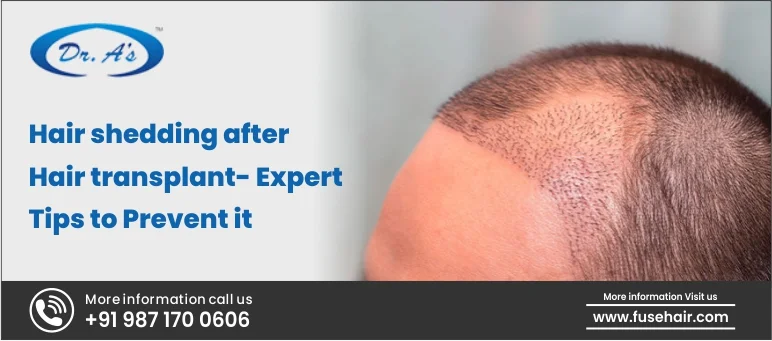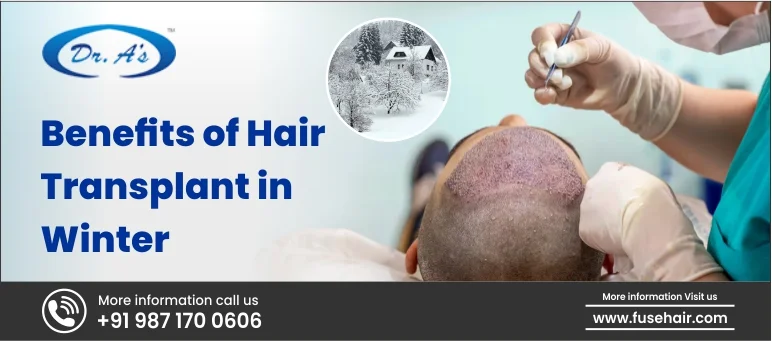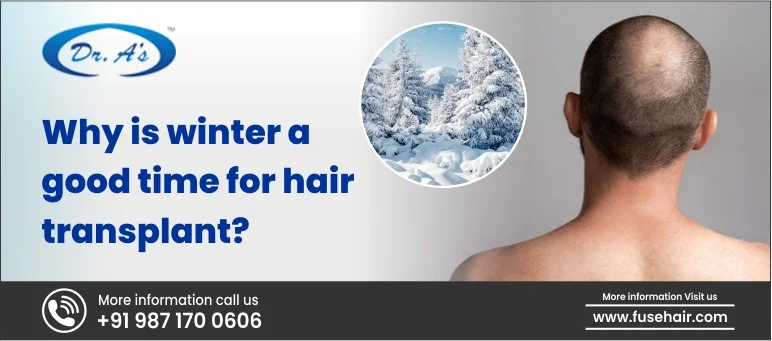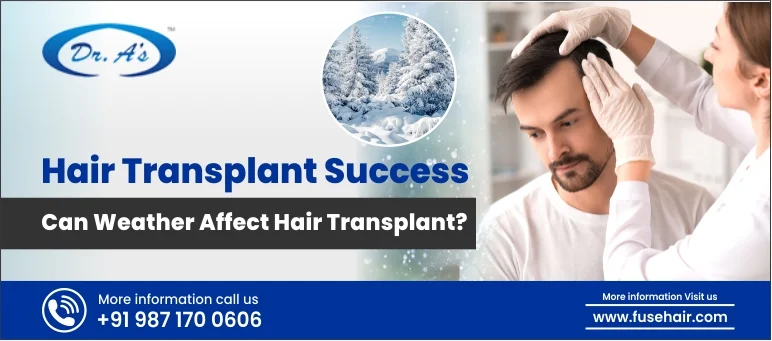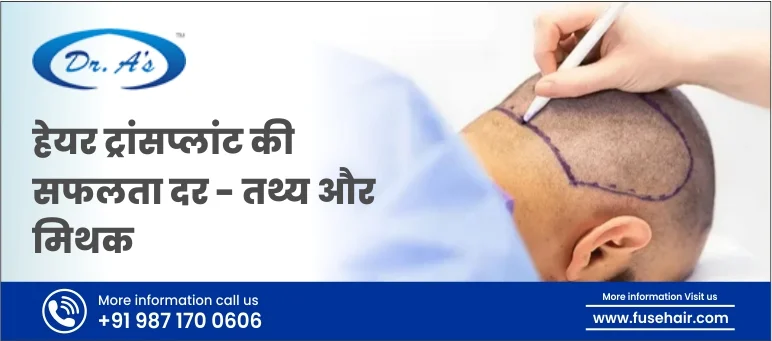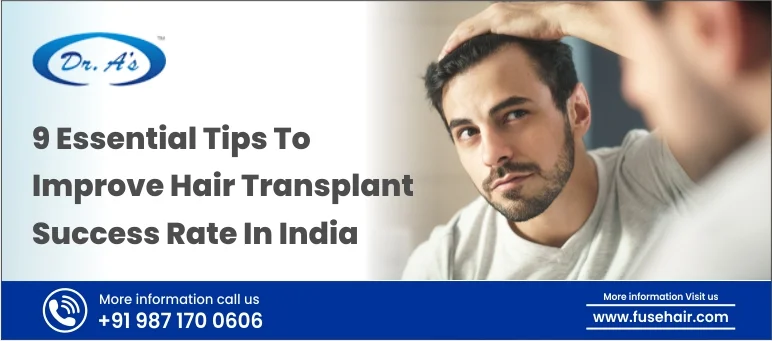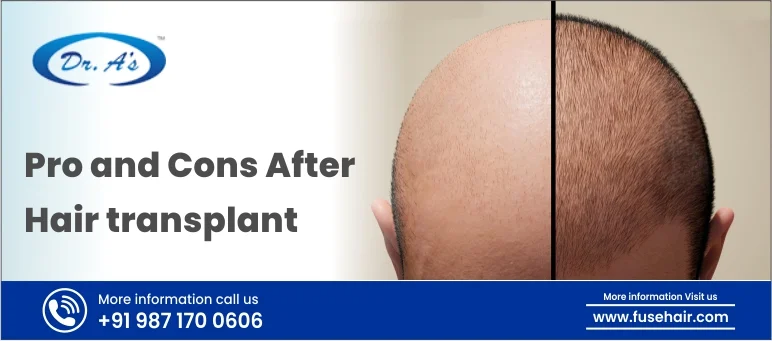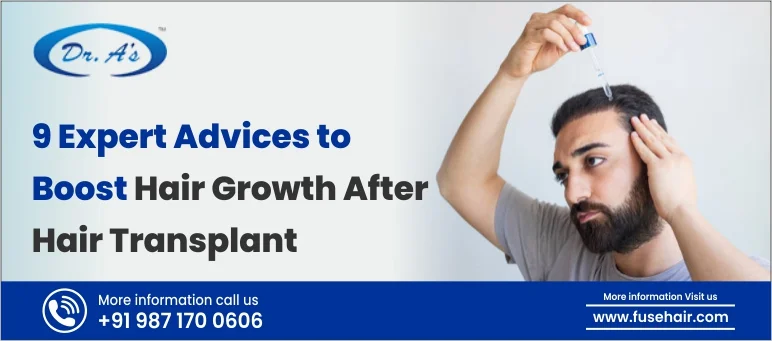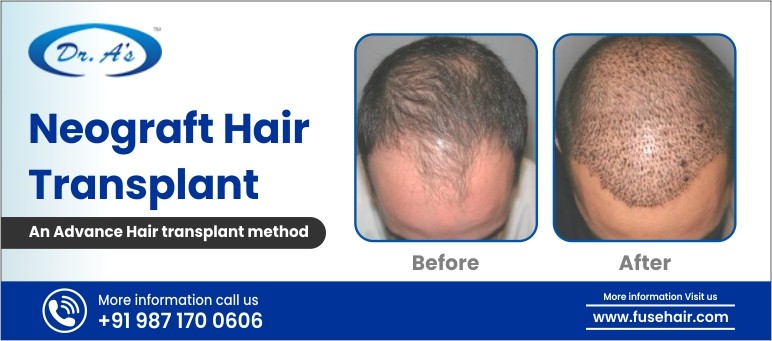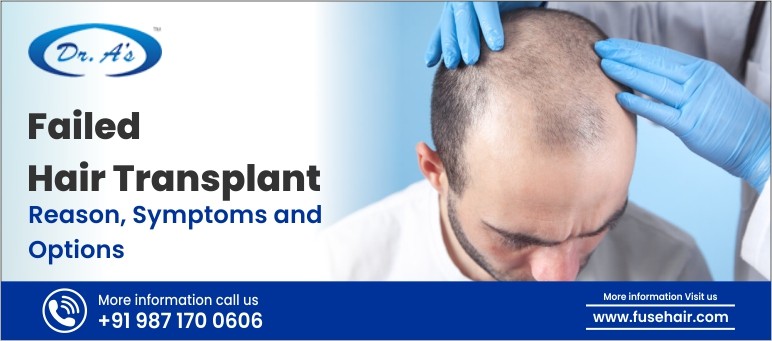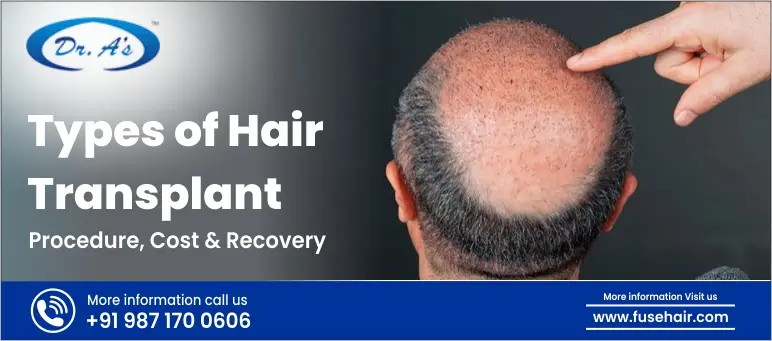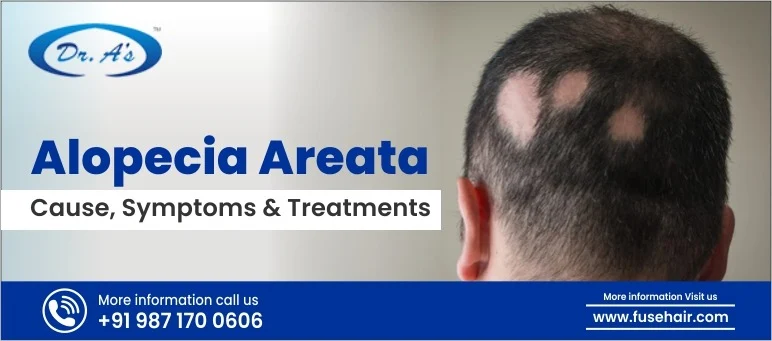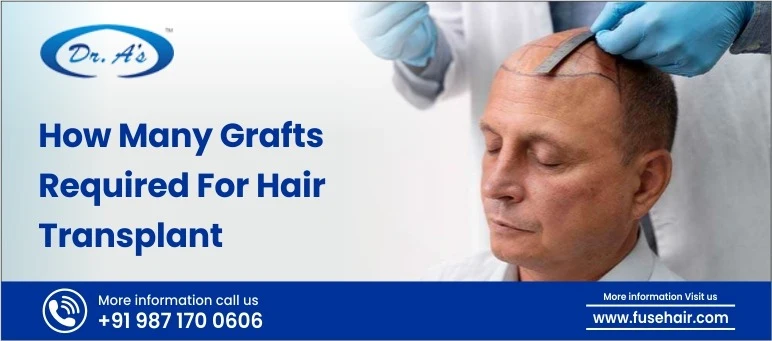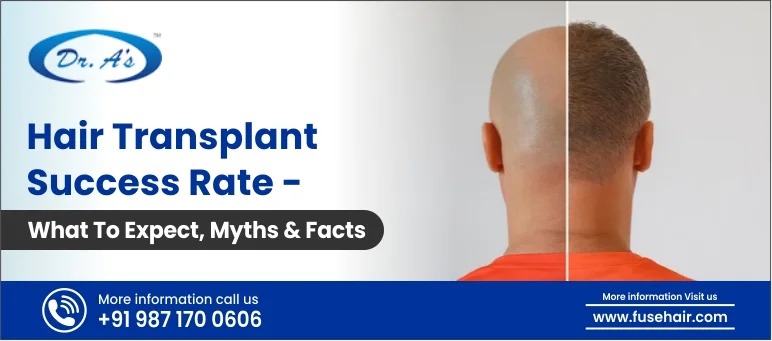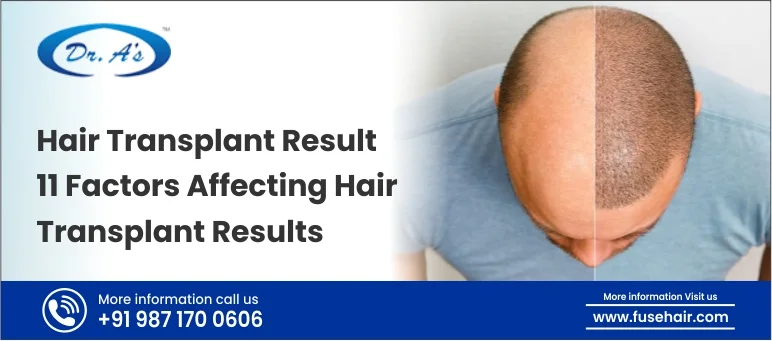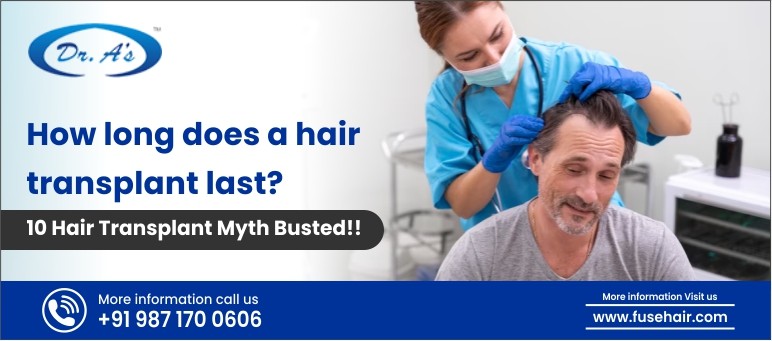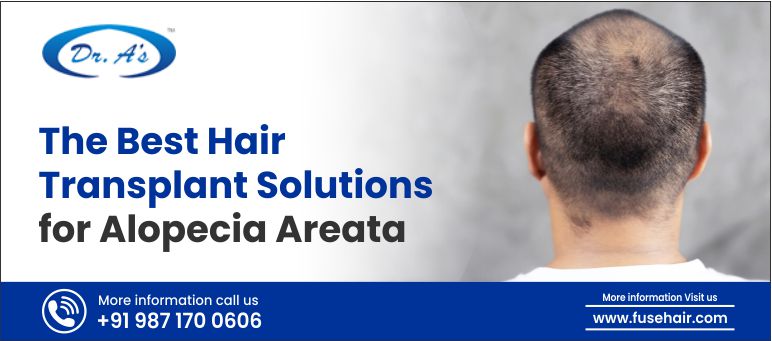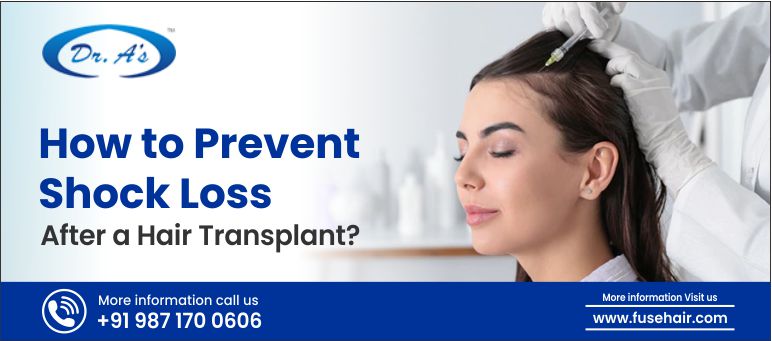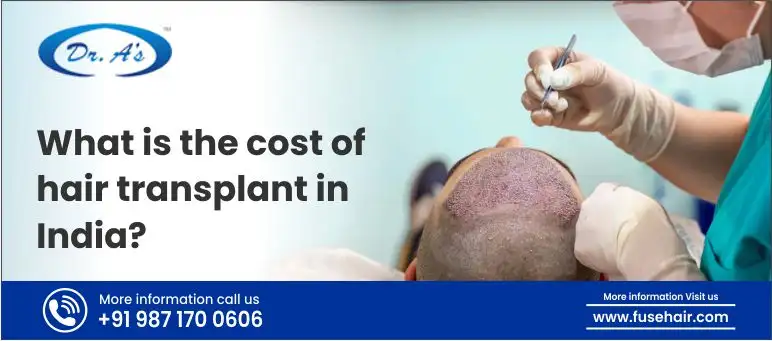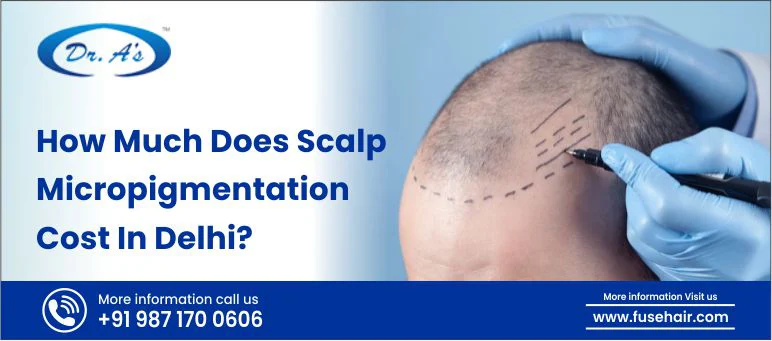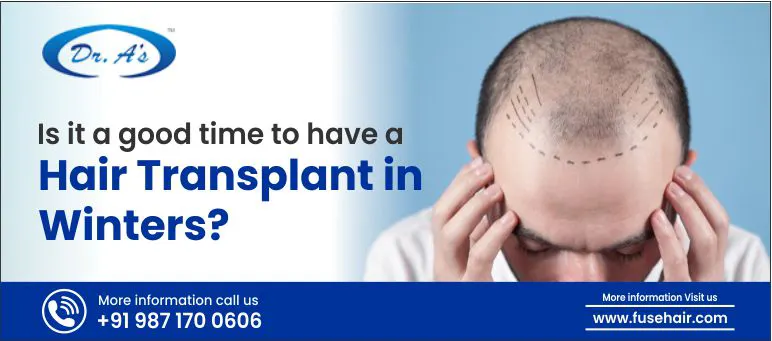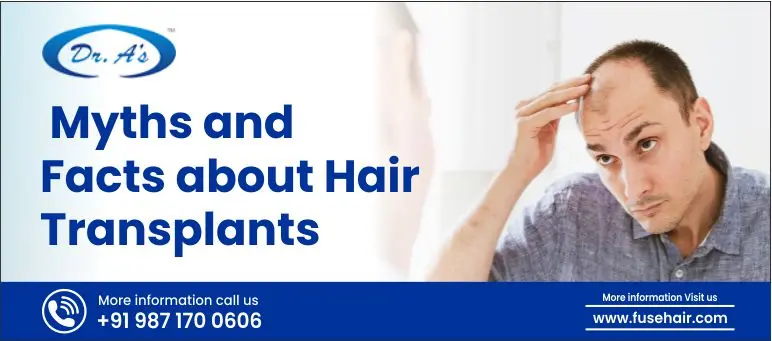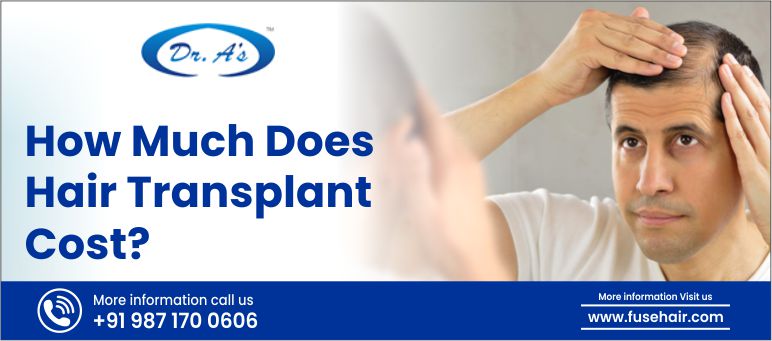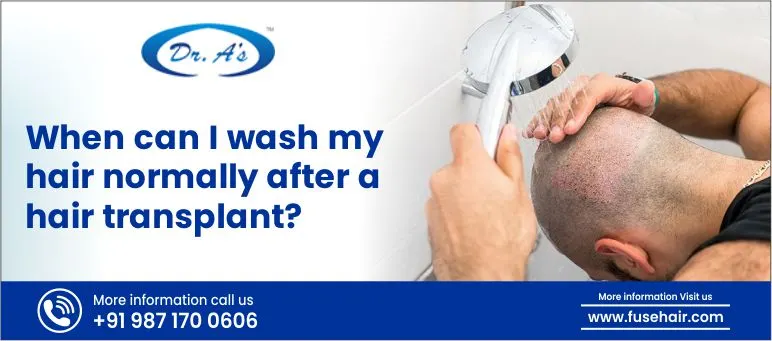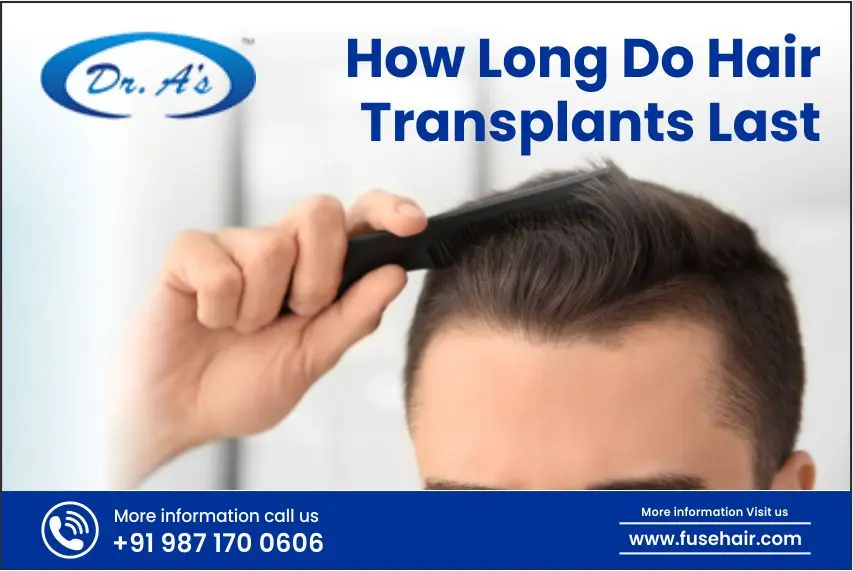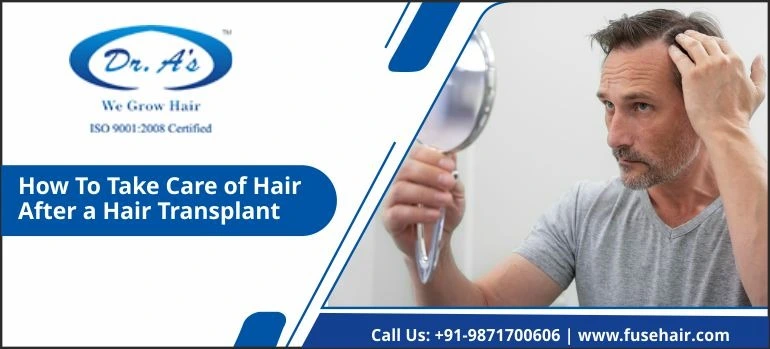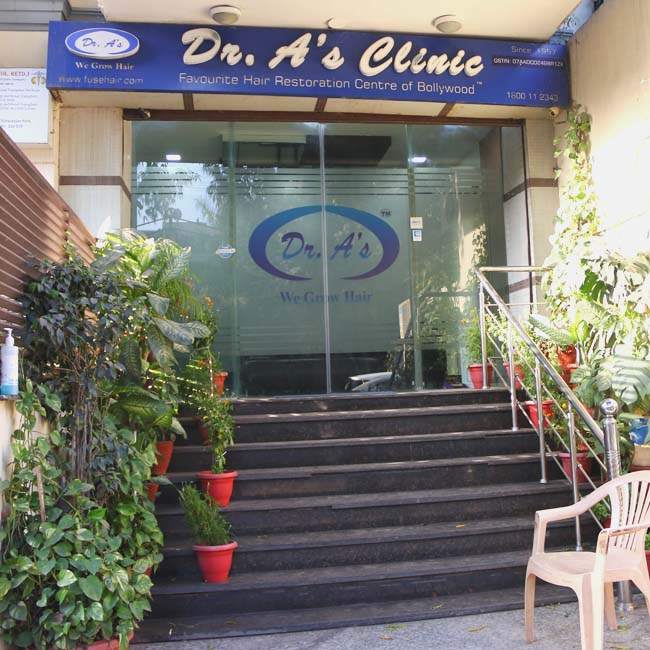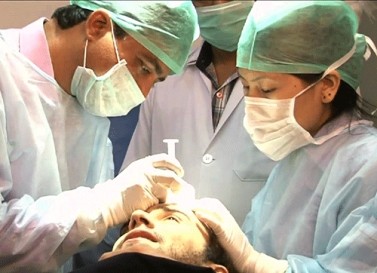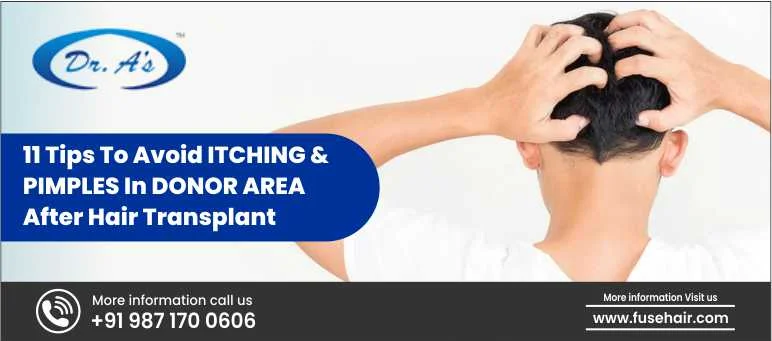
Dealing with bumps in donor area after FUE is common during the recovery phase. These bumps can be caused by clogged pores, excess oil production, or mild folliculitis, an inflammation of the hair follicles. Proper hygiene, avoiding scratching, and following aftercare instructions can significantly reduce the chances of developing bumps.
Keeping the donor area clean and moisturizing is essential to prevent further irritation. Dr. A’s Clinic, led by Dr. Arvind Poswal, provides expert care for patients dealing with post-transplant issues like bumps in the donor area.
With over 20 years of experience, Dr. Arvind Poswal is renowned for his artistic approach to hair restoration and his commitment to ensuring a smooth and successful recovery for every patient.
By following the tips outlined in this blog, you can ensure a smoother recovery and enjoy the full benefits of your hair transplant.
Why Itching and Pimples Occur in the Donor Area After a Hair Transplant?
Itching and pimples in the donor area are common after a hair transplant, and they often occur as part of the natural healing process. The scalp can become irritated when the hair follicles are extracted during the procedure, leading to donor area itching after hair transplant. This irritation is often a result of the healing tissue and skin adjusting to the extraction, and it can trigger an inflammatory response. Additionally, as the scalp heals, dry skin may develop, contributing to the sensation of itching.
Pimples in the donor area, also known as folliculitis, can occur when hair follicles become clogged with oil, dirt, or dead skin cells. During the recovery phase, the scalp may produce excess oil or sweat, which can block pores and lead to pimples. This is especially common in the donor area, where the skin is more sensitive after the transplant. Both itching and pimples can be managed with proper care and hygiene, so it’s crucial to follow aftercare instructions to minimize these issues and ensure a smooth recovery.
Say Goodbye to Itching & Pimples: 11 Essential Tips for a Smooth Recovery
Many patients experience discomfort in the donor area after a hair transplant, such as itching, pimples, or bumps. These issues are common during the recovery process, but they can be minimized with proper care. Here are 11 essential tips suggested by Dr Arvind Poswal to help you avoid itching and pimples in the donor area and facilitate a smooth recovery.
-
Keep Your Donor Area Hydrated
Keeping the donor area hydrated after a hair transplant prevents dryness and irritation. Use gentle moisturizers or hydrating treatments to maintain skin moisture and avoid itching. Dry skin can worsen the sensation of itching, so ensure you’re using products designed for sensitive, healing skin. Avoid harsh, alcohol-based products that can cause further dryness or irritation. Keeping the area moisturized also promotes better healing. It supports the natural regeneration process of your scalp, aiding in the growth of newly transplanted hair and reducing the risk of scarring.
-
Avoid Scratching or Picking
It may be tempting to scratch your scalp, but doing so can worsen the itching in the donor area after a hair transplant. Avoid touching the area to prevent infections and scarring. Scratching can disrupt the healing skin and potentially damage the newly transplanted follicles, affecting hair growth. To relieve discomfort, try using a cool compress or a soothing lotion recommended by your surgeon. If the itching worsens, consult your healthcare provider for the best solutions. Allow your scalp to heal naturally to ensure a strong foundation for hair growth.
-
Apply a Cold Compress
If you experience discomfort, applying a cold compress can help soothe itching in the donor area and reduce inflammation, promoting faster healing. This simple remedy can provide immediate relief and reduce swelling or redness accompanying itching. Cold compresses also help calm irritated nerves under the skin, offering a soothing effect. Just be sure to wrap ice in a cloth to prevent direct contact with the skin, as extreme cold can cause damage. A cold compress can also help ease tension and promote relaxation, making it an excellent option for reducing discomfort.
-
Don’t Overuse Hair Styling Products
Avoid using heavy hair gels, sprays, or styling products, as they can irritate the donor area and clog pores, leading to pimples. Styling products often contain chemicals that can strip moisture from the scalp and cause dryness, making the itching worse. It’s best to wait until your scalp has fully healed before reintroducing such products. Opt for gentle, fragrance-free alternatives if you need something to manage your hair. Overusing these products can block the hair follicles and hinder the healing process, so it’s crucial to let your scalp breathe during the early stages of recovery.
-
Keep Stress Levels Low
High stress can affect your body’s ability to heal, potentially prolonging hair transplant donor area itching. It can also lead to increased inflammation and delayed recovery. Take time to relax and incorporate stress-reduction techniques into your daily routine. Meditation, yoga, or deep-breathing exercises can help manage stress and support your body’s healing process. If needed, consult a professional for additional stress-management strategies. Reducing stress not only helps with your recovery but also promotes overall health, contributing to faster healing and better results.
-
Avoid Tight Headgear
Wearing tight hats or headgear tends to increase pressure on the FUE donor area itching. Opt for loose-fitting hats and avoid wearing them for long periods during the recovery phase. Tight headgear can trap sweat and oil against your scalp, leading to clogged pores and increased irritation. If you must wear headgear for protection from the sun, make sure it’s soft, breathable, and not too tight. Giving your scalp time to breathe will significantly improve the healing process. This also allows your scalp to adjust naturally without the added pressure of restrictive clothing.
-
Keep Your Scalp Oil-Free
Regularly clean your scalp to prevent excess oil buildup, which can contribute to clogged pores and pimples in the donor area after FUE. However, don’t over-wash, as this can strip your scalp of natural oils that support the healing process. Instead, use a mild shampoo that is gentle on the skin. Follow your surgeon’s advice on when it’s safe to start washing your hair. Keeping the scalp clean will minimize the chances of developing pimples and irritation in the donor area, providing a clean environment for new hair growth to thrive.
-
Protect from the Sun
Protecting your scalp from the sun is essential in the early stages of recovery. Sun exposure can irritate the donor area, causing redness or pimples. Always wear a hat or sunscreen. UV rays can damage the sensitive skin in the donor area, leading to burns or further irritation, which may affect healing. For the first few weeks after your transplant, avoid direct sun exposure. Once healed, sunscreen with a high SPF can help prevent damage and protect your newly transplanted hair. Sun protection is critical in maintaining the health of your scalp and ensuring long-term success in the hair transplant process.
-
Avoid Sweating Excessively
Excessive sweating can irritate the scalp and make the hair transplant donor area itchy. Avoid vigorous exercise or activities that cause excessive sweating until you’re fully healed. Sweat can carry bacteria that may increase the risk of infection in the donor area. If you must exercise, consider doing lighter activities without excessive sweating, and always wash your scalp afterwards with lukewarm water. Sweat-soaked hair can also cause pimples, so keeping your scalp clean and sweat-free is vital during the healing process. Light exercise is safe, but be mindful of your body’s response and avoid anything interfering with healing.
-
Use Anti-Itch or Acne Products
If the itching becomes unbearable, or if pimples develop, consider using anti-itch creams or acne treatments recommended by your doctor. These products can help calm the discomfort in the donor area and prevent further breakouts. However, only use products designed for post-transplant care, as many over-the-counter treatments may be too harsh. Anti-itch or acne medications can provide quick relief while promoting better healing and reducing the risk of infection. Follow your surgeon’s specific recommendations for the most effective solutions.
-
Follow Up with Your Surgeon
It’s essential to stay in touch with your surgeon throughout your recovery to monitor progress and address any concerns. If you find the donor area itchy after hair transplant or notice unusual pimples or irritation, don’t hesitate to reach out. Regular follow-ups allow your surgeon to assess the healing process and make necessary adjustments. Visit Dr A’s clinic in Delhi, where Dr Arvind Poswal’s expertise in hair restoration techniques and aftercare measures ensures you receive the best care and achieve natural-looking results. His extensive experience in treating complex cases of hair transplants results in positive and durable outcomes.
Conclusion
Itching in the donor area after a hair transplant is common during recovery, but it can be managed effectively with the right care. Proper aftercare, such as avoiding scratching and soothing creams, can significantly reduce discomfort. If the itching persists, consulting with a hair transplant surgeon is essential to ensure proper healing and prevent complications.
Dr. Arvind Poswal, a pioneer in hair restoration and the inventor of the stitchless FUSE technique, has helped countless patients regain their confidence by restoring fuller, natural-looking hair. Available at Dr A’s Clinic in Delhi, he facilitates advanced hair transplant solutions and exceptional aftercare guidelines to ensure optimal results and a smooth recovery process.

